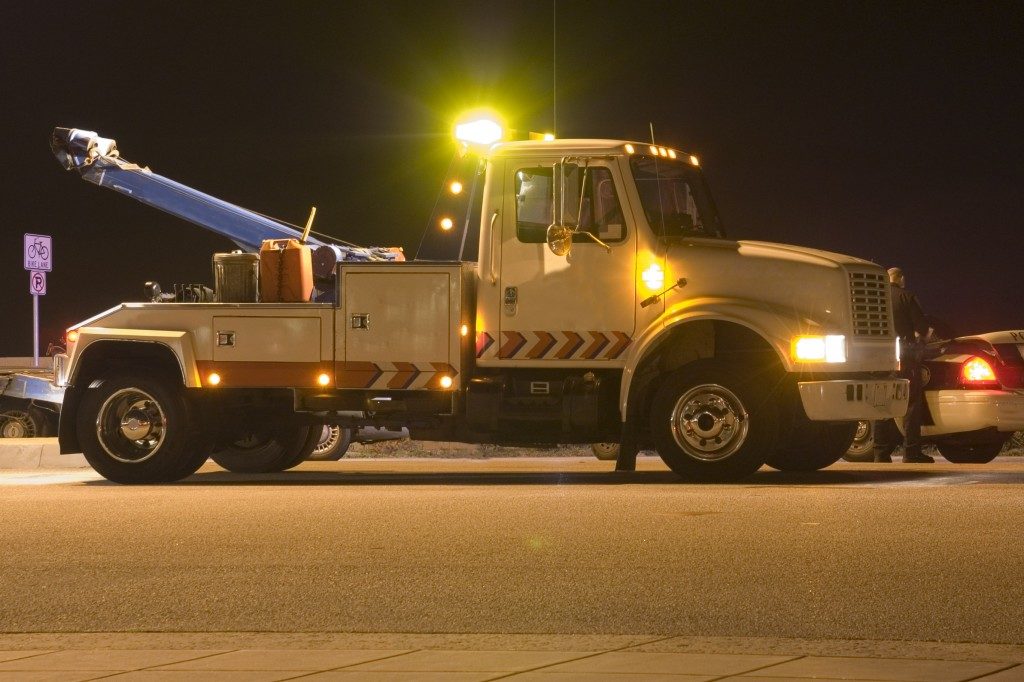Emergencies can happen at any given moment. When they happen, emergency vehicles must arrive at the scene as soon as possible. However, they still get involved in collisions, which are more dangerous than normal. The fatality rate is 4.8 times higher for emergency responders compared to the national average. Emergency vehicles address life and death situations and we can help save lives by learning how to properly share the road with them.
There are different types of emergency vehicles. During emergencies, the colors of the lights that they flash may vary depending on their type. Law enforcement vehicles (e.g. police cars, SWAT vehicles and Park Ranger vehicles) usually flash red and blue lights. Fire vehicles and Emergency Medical Service vehicles may also use red and blue lights, but fire vehicles are more likely to use red lights.
Meanwhile, construction vehicle and tow truck lights are mostly amber or yellow. Also, volunteer emergency responders and Homeland Security vehicles typically use green lights. Emergency vehicles may also have optional white lights along with their respective light colors. To know what type of emergency vehicle is approaching you, just take note of the color of the lights it’s flashing.
Right of way
You might have already heard of right-of-way laws, but there are key things to keep in mind about the right of way for emergency vehicles. For one, you have to remember that not only should you allow the emergency vehicle itself to pass by, but you must also give way to any other car on the road that is attempting to get out of the emergency vehicle’s way. This could mean allowing a car to enter your lane. Even if the light is green, you would also have to stop at an intersection to let an emergency vehicle through.

When you see flashing lights or hear sirens coming from behind, you need to get over to the right before slowing down or stopping. You should also check your blind spot and use your signal before pulling over because you might get into an accident yourself if there are pedestrians or other vehicles in the way. Unless a police officer directs you, always make sure to stop and stay stopped until the emergency vehicles have passed.
Never follow an emergency vehicle
Let’s say you have pulled over to let an emergency vehicle pass from behind, so now you must continue going towards the same direction it is headed. Remember to keep a safe distance from the emergency vehicle and not get any closer than 500 feet. Keeping distance would keep you from rear-ending it or getting in the way should the emergency vehicle suddenly stop or change directions.
You may also be tempted to closely tail an emergency vehicle just to get ahead of traffic — do not do this. In some states, it is illegal to ride close behind emergency vehicles and it could even be punishable by jail time.
Whether or not you are sharing the road with an emergency vehicle, always stay vigilant and alert when driving. Make sure that the sounds in your vehicle will not overpower the sound of sirens that could suddenly start blaring at any given time. When you drive safely, you are not only keeping your own life safe, but you are also making it safe for everyone else including those who are rushing to save the lives of others.

